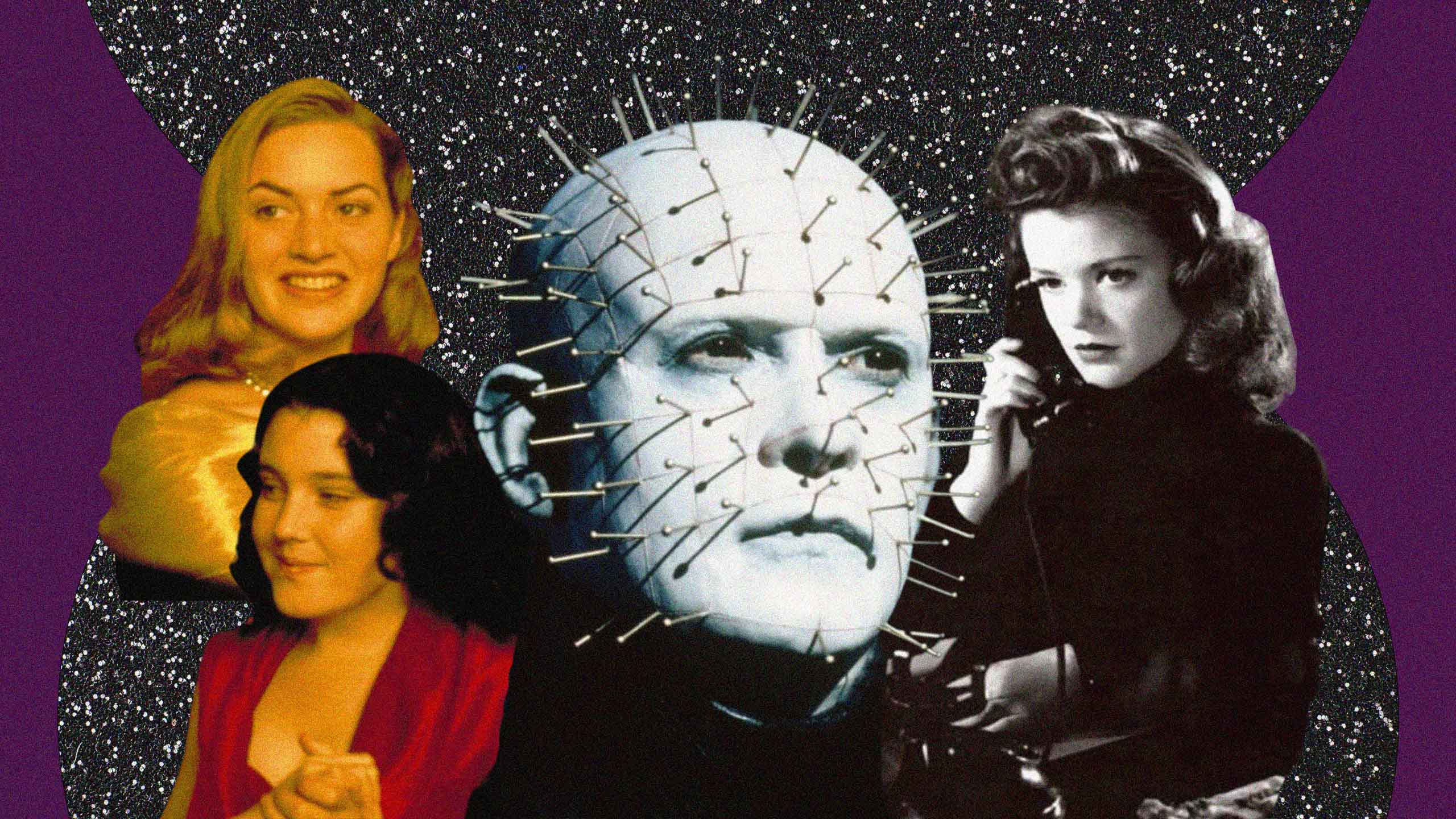Horror movies are like pizza: even a bad horror movie is a good horror movie. In fact, sometimes a cheap slice (or truly terrible film) is exactly what you want. Horror, as a genre, is also deeply and indelibly queer, and “queer horror” in 2023 is its own Whole Deal; gender fluidity and same-gender attraction are no longer confined to the subtext, and filmmakers are increasingly choosing to make movies about actual queer characters and their lives (and, more than occasionally, their grisly deaths).
It’s not too late to get into the queer horror renaissance, but before you do, you should be aware that horror movies—like queer people, and pizzas for that matter—come in a lot of different flavour profiles. From subtle, lo-fi psychodrama to buckets of highly stylized gore, here are five classics of the form, for five very different tastes.
Cat People (Jacques Tourneur, 1942)
Look at you, watching a horror movie in black and white! With a French director and everything! How classy. For those with a low gore tolerance or a taste for psychosexual unease, Cat People is a deeply beautiful and unnerving film. Simone Simon stars as a woman afflicted by an ancient curse that renders her incapable of having sex with her husband. The curse also causes hot women to flirt with her in restaurants. It’s almost impossible to say what this might be a metaphor for, but I’m sure you can figure it out.
Hellraiser (Clive Barker, 1987)
Famously inspired by writer-director Clive Barker’s time spent touring London leather bars, the Cenobites—torture-happy, leather-clad demons who show up in straight people’s bedrooms and dismember them for weird sex reasons—might be the definitive queer monsters. This movie is deeply gross, and also deeply 1980s. You can almost smell it: sweaty bondage suits, hairspray and gallons upon gallons of bright red viscera. Fortunately, that’s the vibe Barker was going for, so it’s held up—cheap and sticky and exploitative in a way that still leaves you feeling dirty in the best way possible. Be warned: you will not know true shame until you watch its sequels, many of which are bad.
Heavenly Creatures (Peter Jackson, 1994)
Yellowjackets is great, but the true core of the Melanie Lynskey Hive formed here: With this surprisingly sympathetic, deeply sad take on the true story of Pauline Parker and Juliet Hulme, two girls who (at least in this retelling) fell in love, invented new worlds together and committed one of the most purely upsetting murders ever depicted on film. This movie is emotionally gruelling, and more likely to make you cry than scream, but its portrait of two lonely, alienated queer kids trying to escape the world is one for the ages.
Scream (Wes Craven, 1997)
Two truths we hold to be self-evident: First, all horror movie lists need at least one teen slasher. Second, as the campiest and horniest horror subgenre, all teen slashers are gay—especially the bad ones. (Prom Night IV: Deliver Us from Evil, for example, features both a deranged Catholic priest who hides under teenagers’ beds to punish them for having sex and the most awkward Sapphic seduction in living memory.) Not everyone wants to dive to the bottom of that barrel right away, so if you’re looking for a crowd-pleasing introduction to teen slasher films, everyone loves the original Scream, a parody of traditional slashers that also serves as an educational tour of the form. Screenwriter Kevin Williamson is gay, the movie still works as a suspenseful whodunnit despite its metatextual ambitions, and the homoerotic tension between Skeet Ulrich and Matthew Lillard is the stuff of T-shirts—and my personal dreams.
We’re All Going to the World’s Fair (Jane Schoenbrun, 2021)
Jane Schoenbrun’s debut feature is a slow burn that’s scary in ways you don’t expect. Nominally the story of a teenager who enters the “World’s Fair Challenge,”an online role-playing game said to induce weird changes in its players,the film turns into a subdued, eerie meditation on gender dysphoria and how hard it is to really know the people we meet online. Filmed almost entirely through the main character’s laptop and phone cameras, the best way to watch this one is alone at night on your device—it’s scarier if you do.


 Why you can trust Xtra
Why you can trust Xtra


